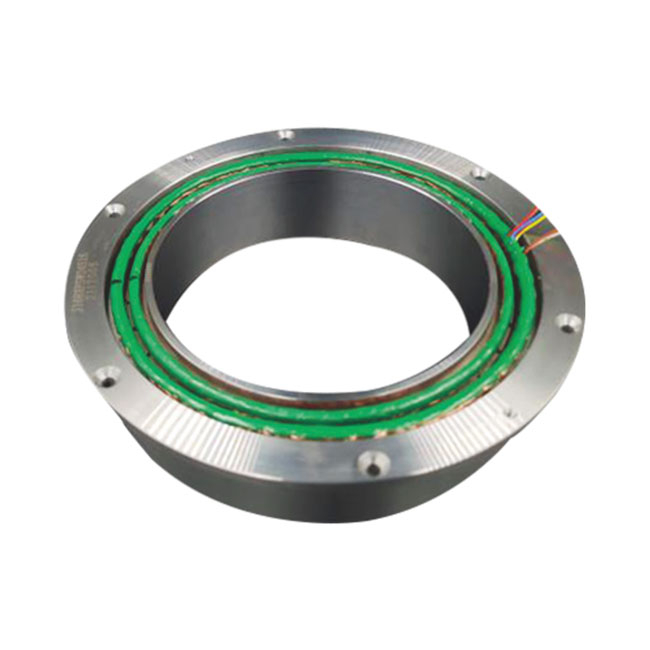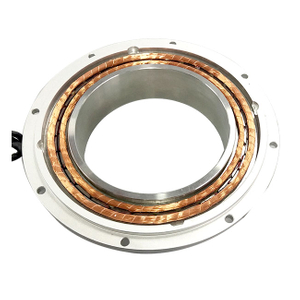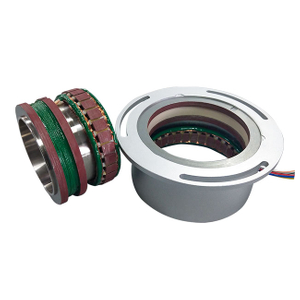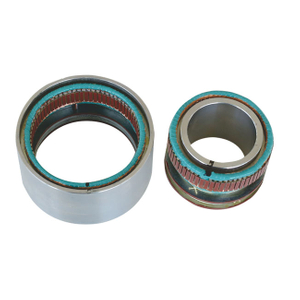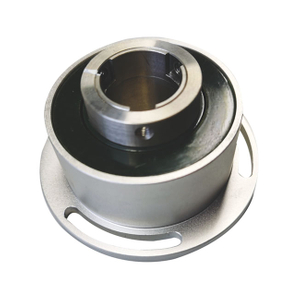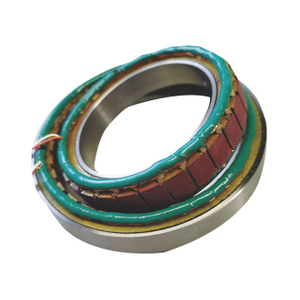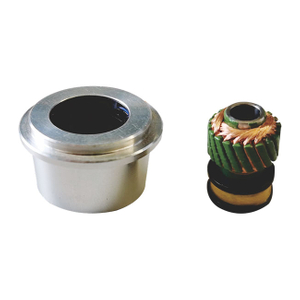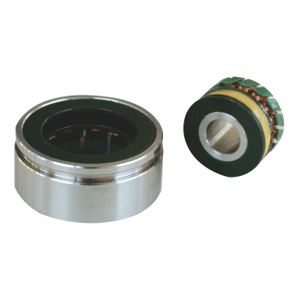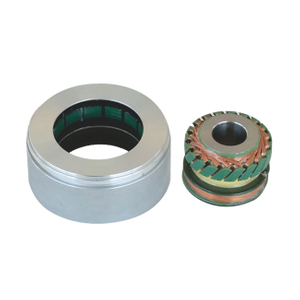Main Parameters
| Model | J168XFSW24516 |
| Pole Pairs | 1:16 |
| Input Voltage | AC 3.8 Vrms |
| Input Frequency | 2400 Hz |
| Transformation Ratio | 0.526 ±10% |
| Accuracy (of coarse resolver) | ±30' max |
| Accuracy (of fine resolver) | ±25" max |
| Phase Shift (of coarse resolver) | 20° ±3° |
| Phase Shift (of fine resolver) | 30° ±3° |
| Input Impedance (of coarse resolver) | (130 ±20) Ω |
| Input Impedance (of fine resolver) | (130 ±20) Ω |
| Output Impedance (of coarse resolver) | (1200 ±180) Ω |
| Output Impedance (of fine resolver) | (750 ±113) Ω |
| Dielectric Strength | AC 500 Vrms 1min |
| Insulation Resistance | 250 MΩ min |
| Maximum Rotational Speed | 1500 rpm |
| Operating Temperature Range | -55℃ to +155℃ |
What is a Dual Speed Resolver
A dual speed resolver integrates two resolvers with different pole pairs, known as the coarse and fine resolvers.
Structural Variations
Common Magnetic Circuit: Both the coarse and fine resolvers have their windings embedded within the same core, sharing a common magnetic path while maintaining independent windings.
Separate Magnetic Circuits: The coarse and fine resolvers are mechanically combined as a single unit, each with its own core and separate magnetic paths.
Advantages
Precision: The dual speed resolver elevates accuracy to an unprecedented level (arc seconds), essential for systems requiring precise synchronization.
Simplicity and Reliability: The integrated design of the electrical speed variation system is simpler and more reliable than its mechanical counterpart, reducing the need for maintenance and potential points of failure.

